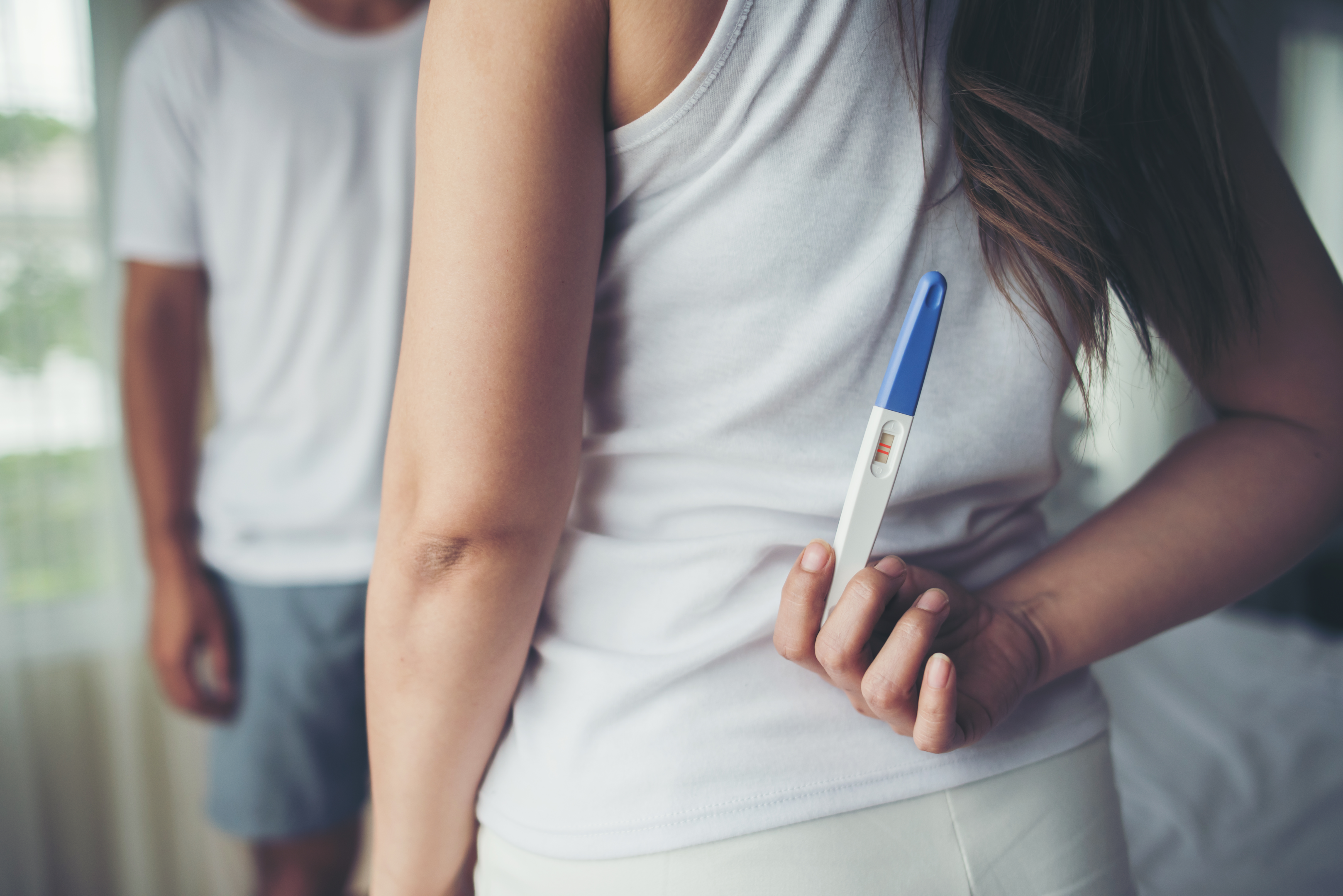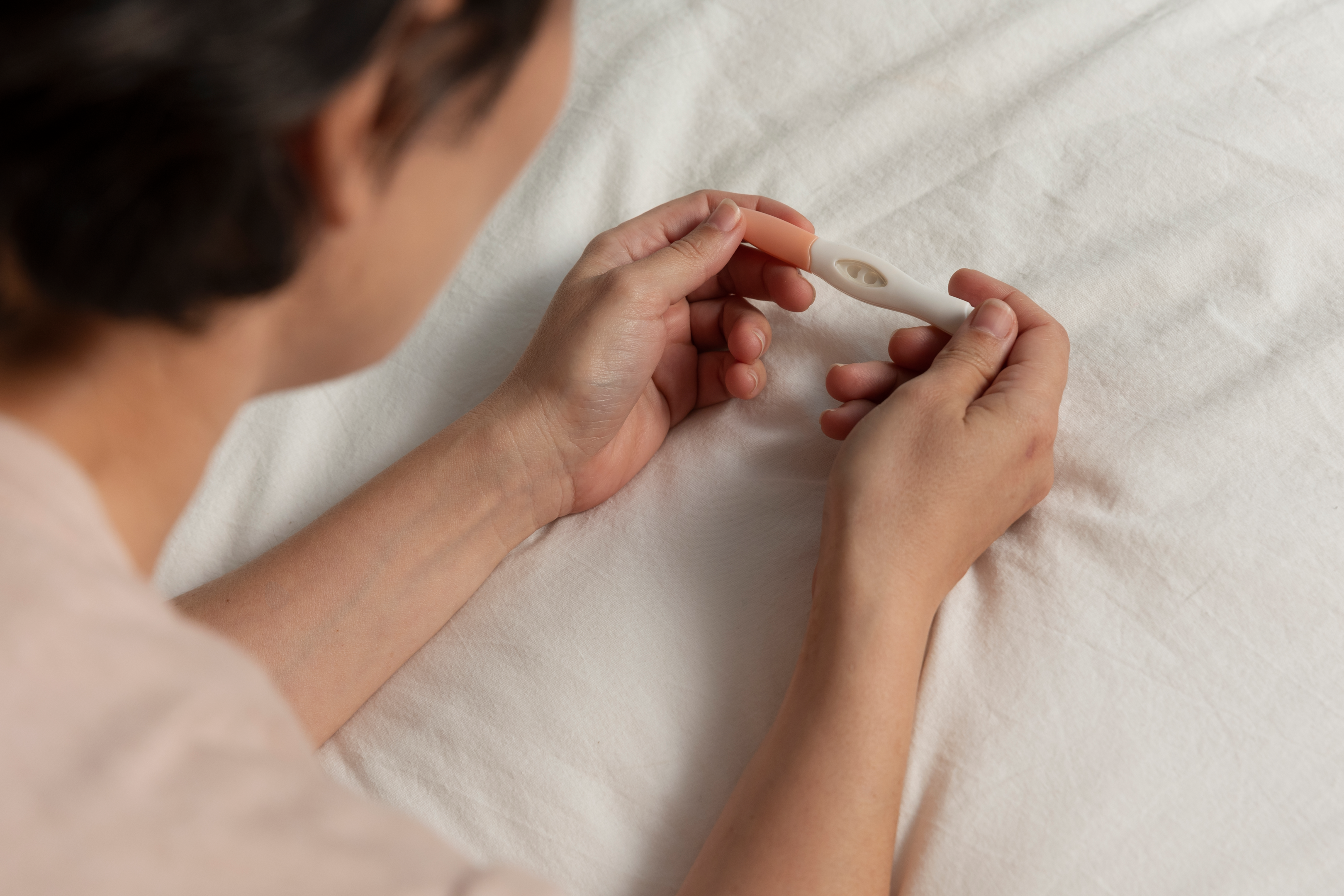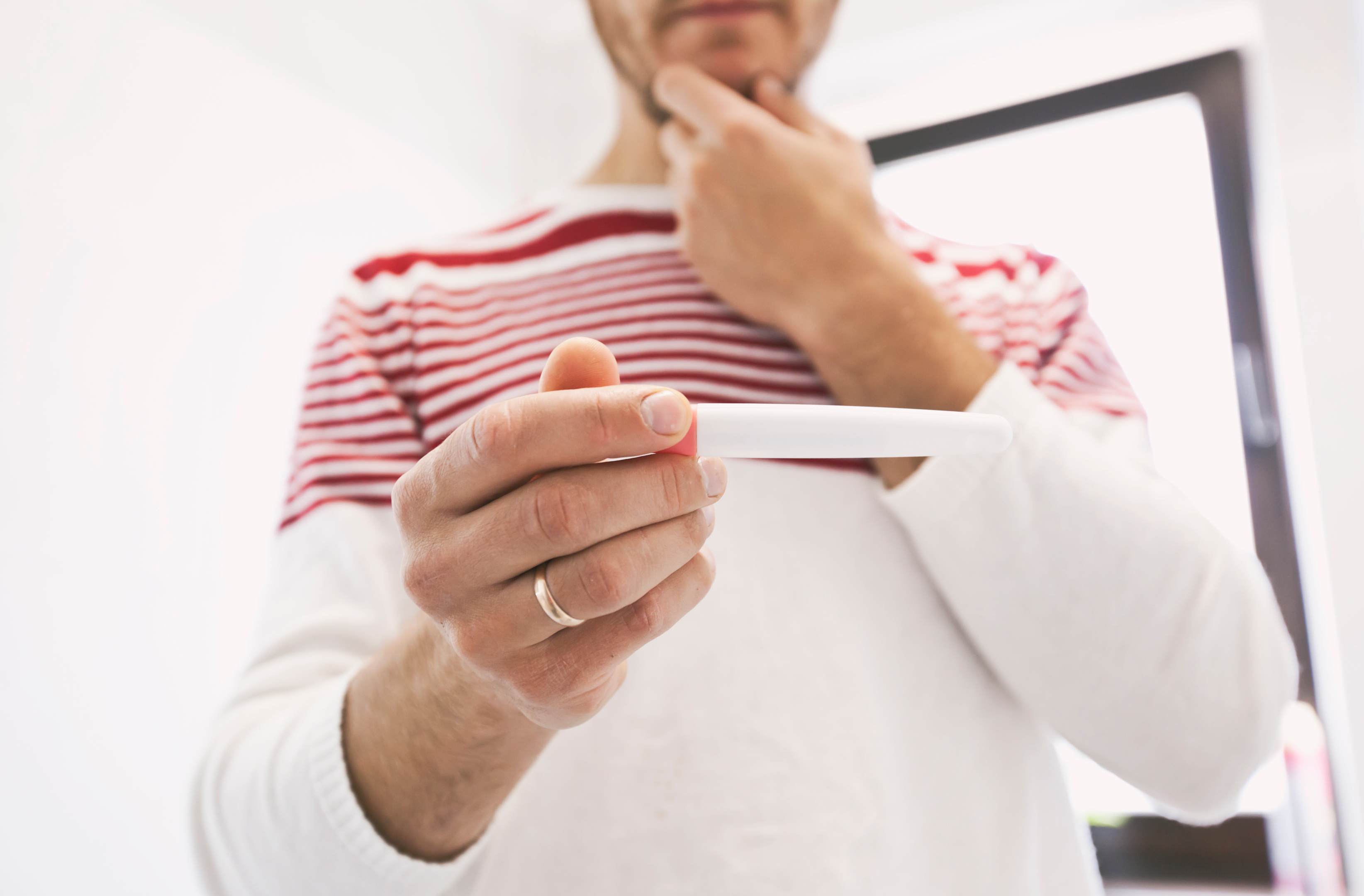How long after sex can you take a pregnancy test?


It can be agonizing to wait to get a pregnancy test after you suspect you might be pregnant, especially if you recently engaged in unprotected intercourse or had a contraceptive failure.

While many people think that you become pregnant immediately after intercourse, having sex does not signal the beginning of pregnancy. To be pregnant, the egg and sperm must combine after intercourse for a minimum of six days before the egg has become fertilised. The fertilized egg must then develop, travel towards the uterus, and embed itself into the uterine lining for a few days before a pregnancy can begin.
So it could take up to two or three weeks from the time you have sex until you become pregnant.
An exam will be less accurate the earlier you conduct it. A false negative might result from performing a test before women missed their period or even less than two weeks before experiencing intercourse. Some women mistakenly believe they are really not pregnant after taking a test too soon. If a woman spots and bleeds in the first trimester, thinking she has her period, this can be very perplexing.
Most women start showing more overt signs of pregnancy when they are already in their second trimester and are shocked to learn they are pregnant.
The optimum time to test for pregnancy is when the period should begin or when you notice it's running late. Take an additional pregnancy test the following day if your first test's results are still illegible or inconclusive. Test results will be more accurate if you take them right after you wake up.
This is because the hCG hormone is stronger and more concentrated in the morning. Wait another few days and perform the test again if the results are negative, but you still believe you may be pregnant. Early in pregnancy, HCG almost doubles every two days.

Many women will abide by the "two weeks" rule and begin to test after two weeks. For women who ovulate just once every few months and have a consistent 28-day cycle, this can yield precise results. Some women's cycles, however, are not as regular, and drugs like birth control or antibiotics can alter a woman's cycle and also ovulation date. A routine or predictable cycle may be also interrupted by stress, causing changes to these estimates.
Read more: How many days after ovulation can you test?
Check to determine whether your period has been missed if you are uncertain about when you ovulated or are worried that you conceived throughout that time. One of the first indications of pregnancy is missing a period. Count backwards from the initial day of your previous period for 28 days to determine whether you have missed a period.
If the 28-day milestone has passed, you might want to perform a pregnancy test. Remember that stress, certain medical conditions, nutrition, or exercise might occasionally cause your period to be skipped or delayed. Although not always indicative of pregnancy, missing your period may warrant taking a pregnancy test for peace of mind.
Wait a few days before taking another test if you obtain one negative test result but still think you could be pregnant. You might wish to refrain from having close sexual relations at this time. If your pregnancy test comes back negative and it's been over 21 days since your last unprotected intercourse, there is a high likelihood that you are not pregnant.
After even a second negative pregnancy test and no return of your period, you may wish to have an examination with your doctor if you continue to exhibit pregnancy symptoms. Remember that a period can be delayed by conditions other than pregnancy.
Read more: How to boost fertility in your 30s?
False-negative results, which can be either false positive or false negative, are typically the result of improper use of the test. Testing too soon is the leading cause of a false-negative result. You may also receive a false-negative result if you perform a home test improperly using excessive or too little urine. To ensure that you receive an accurate result, it's crucial that you adhere to the instructions on your test kit.
False positive results are uncommon, but they can occur. If you experience chemical pregnancy or miscarry soon only after fertilized egg adheres to your uterine wall, this might be the issue.

The optimum time to use a home pregnancy test is after you've actually missed your period. When performed correctly, most at-home pregnancy tests are 99% accurate results. That is comparable to the accuracy rate of pregnancy tests performed in your healthcare facility.
Some pregnancy tests claim to be able to detect pregnancy a few days prior to a missing period. However, they are less reliable prior to that missed period. Additionally, certain medications or fertility pills may affect the outcomes.
Read more: When are you least fertile?
A blood test is another sort of pregnancy test. However, they often have a higher cost and propensity to produce results identical to those of a urine test. An arm vein or finger-pick is used to draw a tiny blood sample for this kind of pregnancy test.
A pregnancy hormone test checks your body for the presence of human chorionic gonadotropin (HCG). HCG can be found in blood or urine and is specifically termed a pregnancy hormone. It takes time for HCG levels to accumulate in your body. During the first trimester of pregnancy, the body will produce more HCG. Your body will produce more and more HCG as the weeks pass, increasing the likelihood that a pregnancy test may return positive. In other words, if you undergo a test very soon, the results will be negative.
When you take a pregnancy test, the quantity of HCG in your blood or urine triggers a reaction. A strip of reactive paper in urine tests finds the HCG. A plus sign, two vertical lines, or perhaps the word "pregnancy" could appear on this test.
A positive pregnancy test will be displayed differently in different tests. Read the test's instructions to find out what a positive pregnancy test result would look like. For instance, most pregnancy tests have a control window that appears initially. You'll know the test is successful when you see a sign in this window. Remember that the time it takes for the results to appear varies between test brands.
If you're looking to purchase a pregnancy test, Welzo offers a Blood Pregnancy Test that measures your HCG levels.
Getting a pregnancy test if you suspect you could be pregnant is a good idea. How early home tests can detect pregnancy can vary. An at-home test can frequently yield a positive result as soon as 10 days after fertilization. Wait to take the test until after you've missed the period to obtain a more accurate result.
Order a pregnancy test with Welzo today. Click to order a Blood Pregnancy Test or the standard urine tests such as Clearblue and Alere.








Plus get the inside scoop on our latest content and updates in our monthly newsletter.